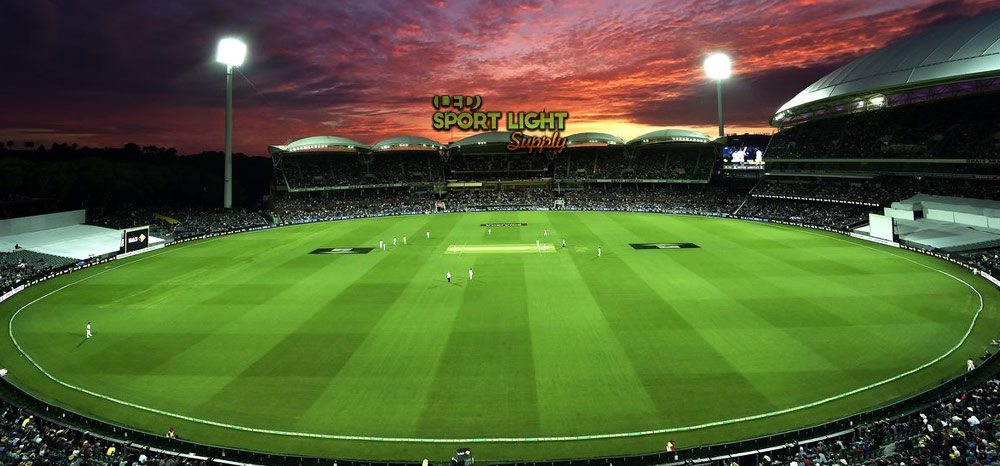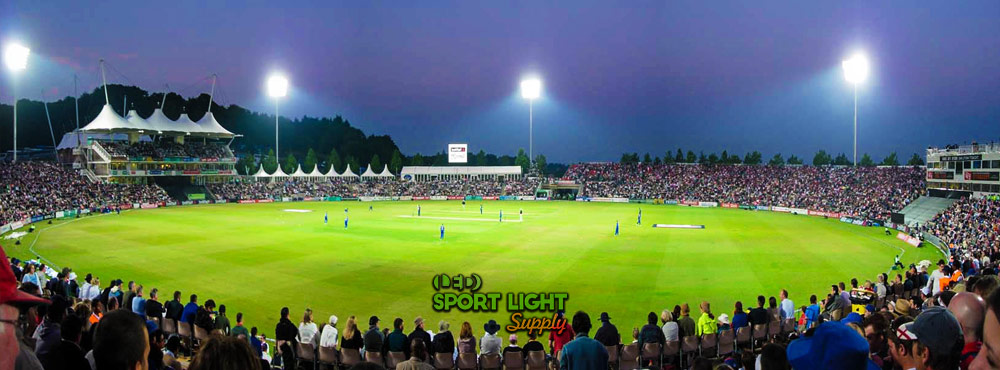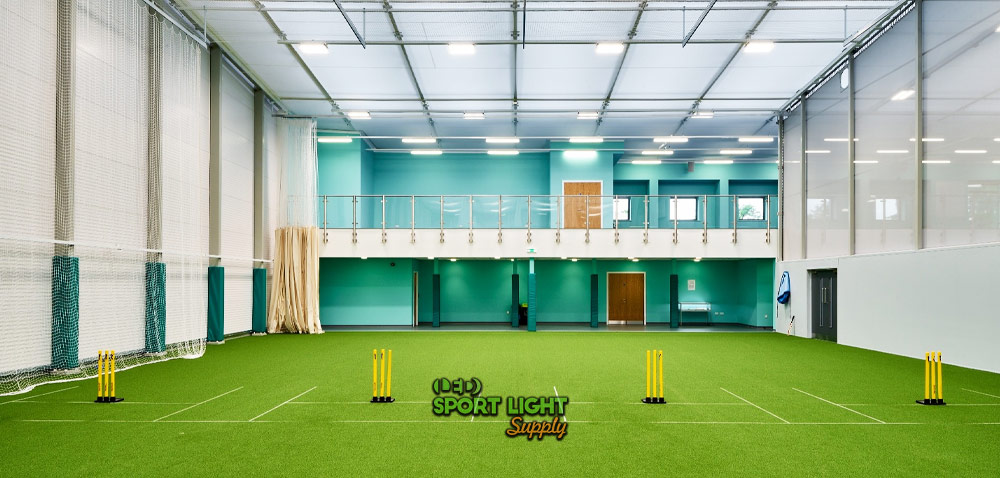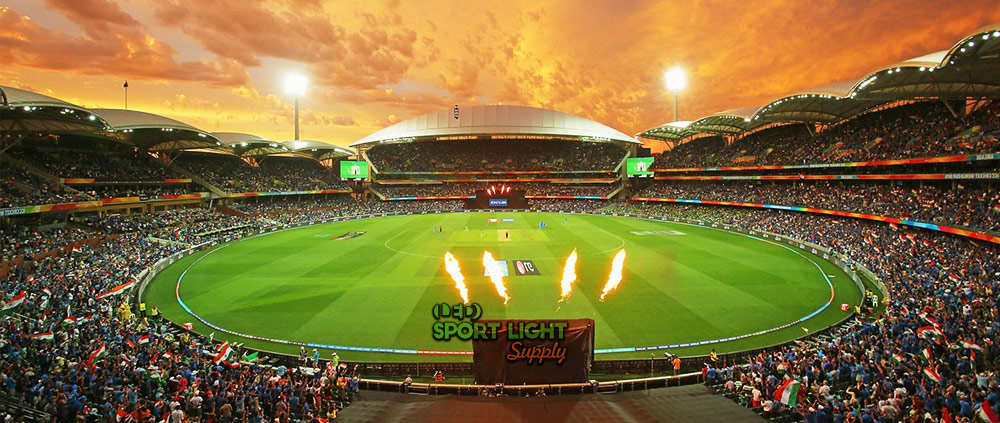As a spectator, you might not always notice the intricate details of the lighting setup that illuminates an oval cricket field. However, one thing you’ve likely observed is the prominent use of LED lights. In reality, there are four distinct types of LED lighting sources used to achieve optimal illumination for cricket grounds. This guide will delve into the specifics of these lighting options, offering a comprehensive overview of their roles and benefits.
In this article, we will explore the four key types of lights used in cricket stadiums, providing you with detailed insights into each one. You’ll learn not only about the different lighting technologies but also about their specific applications and advantages. For instance, we will identify which type of light is most effective for lighting the cricket pitch and how each type contributes to overall visibility and player performance.
Moreover, this guide will cover crucial information for selecting the right lighting solution for your cricket pitch, including essential terms and explanations related to stadium lighting. Even if you’re unfamiliar with the technical standards of cricket stadium lighting, you’ll find the content accessible and informative. Get ready to enhance your understanding of cricket ground illumination and discover what makes each lighting type uniquely suited to the demands of the sport.
Table of Contents
ToggleTypes of Cricket Field and Stadium Lights
Floodlight

Floodlights are widely used in cricket stadiums due to their ability to emit a broad beam of light, ensuring uniform illumination across the entire field. These high-power LED lamps are designed to provide intense brightness, making them ideal for outdoor sports venues. The name “floodlight” originates from the light’s ability to flood the area with a wide, even beam.
Historically, floodlights were equipped with multiple light bulbs, including High-Pressure Sodium (HPS) lamps, which were known for their high energy consumption. Modern floodlights, however, feature energy-efficient LEDs and can be mounted on metal brackets or within larger structures. Their design has evolved to include portable options and various mounting configurations, allowing for flexibility in installation and usage.
Spotlight
Spotlights are essential for cricket grounds where precise, focused lighting is needed. These lights are often used to illuminate specific areas such as the wickets or to enhance light distribution across the field. Spotlights are versatile and can be installed in various locations around the stadium, connected to the electrical system through secure mounts.
Typically, LED spotlights maintain a standard design, featuring a c-clamp for mounting, plano-convex lenses, and a lens train. Users can adjust the focus of the light—choosing between a soft or hard beam—and use shutters for additional control over the lighting effect. This flexibility allows spotlights to adapt to different lighting needs and field configurations.
High Mast Light

High mast lighting is crucial for illuminating large cricket pitches, providing both horizontal and vertical lighting coverage. These lights are mounted on poles that are typically 25 meters or taller, which ensures that a significant portion of the playing area is well-lit. High mast lights can sometimes contribute to light pollution, making their placement and design important considerations.
Due to their height, high mast lights require lightning protection to safeguard against potential strikes, which could pose risks to players and spectators. A lighting designer or engineer usually oversees the installation, ensuring that the layout and height of the masts meet safety and performance requirements. Each high mast typically houses several LED light sources, aligned and tilted to optimize lighting uniformity across the cricket ground.
High Bay Lights

High bay lights are commonly used in indoor cricket facilities to ensure adequate illumination. These lights, sometimes referred to as UFO, linear, or U-bracket high bay lights, use advanced LED technology to light up both the infield and outfield areas. They are usually mounted on brackets or suspended from the ceiling.
High bay lights are typically arranged in rows to create a uniform lighting pattern. They generally have wattages ranging from 150 to 200 watts, although custom solutions may be necessary for larger or taller stadiums. This standardized approach allows for effective and consistent lighting in indoor cricket environments.
Floodlight vs. Spotlight: Which is Better for the Cricket Pitch?

Choosing the right type of lighting for a cricket pitch is essential for ensuring optimal visibility and performance. Both floodlights and spotlights have unique advantages and are suited for different aspects of cricket ground illumination. This section explores their respective benefits and offers guidance on which might be more appropriate for your needs—or if a combination of both is the best solution.
Cricket Field Spotlights
Spotlights are particularly effective for long-distance lighting on a cricket field. Their narrow beam angle allows the light to travel longer distances while maintaining the desired brightness, or lux level. Spotlights are especially useful for areas requiring focused illumination, such as the wickets or specific sections of the pitch.
The ability to control the beam angle, often as narrow as 10 degrees, allows for precise adjustments to maintain uniformity in lighting. Spotlights can be fitted with inner shutters that enable fine-tuning of the beam, making them versatile for different lighting conditions on the field. By using multiple spotlights, you can achieve a floodlight effect, directing light to specific areas as needed.
This flexibility makes spotlights an excellent choice for adapting to various cricket ground lighting conditions. They can be used to enhance illumination in key areas of the field, providing targeted lighting where it is most needed.
Cricket Field Floodlights
Floodlights, on the other hand, are ideal for illuminating small to medium-sized cricket fields. Their wide beam angle, typically between 45 and 60 degrees, allows them to cover larger areas with uniform light distribution. This makes them suitable for general field lighting and is particularly beneficial for television broadcasts, where consistent illumination is crucial.
However, floodlights can sometimes produce glare and sky glow, which may affect visibility and the overall lighting quality. Adhering to standards such as EN12193 or IESANZ LG-4.01 can help mitigate these issues. Floodlights are commonly used in practice wickets and modified cricket fields, as well as in sports facilities that host various levels of competition. They can be grouped and controlled to adjust lighting according to different field sizes and requirements.
Combining Floodlights and Spotlights
For top-tier venues, a combination of floodlights and spotlights is often recommended. Using floodlights for short-range illumination of the outfield and spotlights for long-range lighting of the infield can offer a comprehensive lighting solution. This approach ensures better illuminance distribution across the pitch.
The mixed design provides enhanced control over light levels, creating more comfortable lighting conditions for players, officials, and spectators. With proper lighting uniformity, the risk of glare is minimized. Additionally, modern LED lights used in both floodlights and spotlights can achieve realistic color rendering, further improving visibility and overall experience.
Nomenclature, Terms, and Glossary of Cricket Ground Lights
Understanding the terminology and technical aspects of cricket ground lighting is essential for selecting and using the right equipment. Below is a comprehensive glossary of key terms and components commonly associated with cricket field lights.
Lens
The lens is the transparent cover in front of the LED bulb, designed to protect the bulb and influence the shape or beam angle of the light. Typically made from polycarbonate, it offers UV protection and is compatible with various types of lamps. Secondary lenses are used to focus the beam and reduce spill light. Glass lenses, while resistant to corrosion, are heavier and have some drawbacks. Liquid silicone lenses can endure high temperatures and are suited for LED chip drives.
Beam Angle
Beam angle refers to the full width of the light’s luminous flux. For instance, LED floodlights can have beam angles up to 120 degrees, while cricket fields often require beam angles of 40 to 60 degrees for optimal lighting. The beam angle is crucial for televised games, where precise lighting conditions are essential. Higher mounting heights also impact the effectiveness of beam angles, influencing both floodlights and spotlights.
Color Temperature
Color temperature, measured in Kelvin (K), describes the quality of light. Warm light has a color temperature below 3,300 K and appears red to yellow. Neutral light ranges from 3,500 to 5,500 K, offering a whitish color. Cold light, with a temperature between 5,500 and 6,500 K, has a blue tint and is often associated with a cooler hue. The choice of color temperature affects visibility and comfort in different lighting conditions.
Lumen
Lumen (LM) measures the total visible light emitted by a source. It indicates how much light is available for illuminating a cricket field. The lumen output helps determine the appropriate brightness needed for the field. Higher lumen values correlate with greater brightness. Understanding lumens is essential for calculating the required lux levels for cricket activities.
Lux
Lux measures the illumination level per square meter, with one lux equivalent to one lumen per square meter. Unlike lumens, which measure total light output, lux quantifies the light’s intensity on a specific area. Lighting standards set by organizations dictate the required lux levels for various sports activities. A lux meter ensures that the lighting efficiency meets these standards.
Lighting Uniformity
Lighting uniformity is defined as the ratio between the minimum and average illuminance on a surface. Achieving uniform lighting involves dividing the cricket ground into smaller areas using an illuminance grid plan. This ensures that the lighting is consistent and adequate for both safety and playability. Proper uniformity is crucial for visibility and comfort during play.
CRI and TLCI
The Color Rendering Index (CRI) measures how well a light source renders colors compared to natural light. Higher CRI values indicate more accurate color representation. The Television Lighting Consistency Index (TLCI) is a rating system used specifically for televised lighting, ensuring that the light conditions are optimal for broadcast. High TLCI scores are crucial for clear and consistent television coverage.
LED Driver
An LED driver, or switching power supply, converts alternating current (AC) from the electrical network into direct current (DC) suitable for LED chips. This conversion is necessary because LEDs require a stable DC current to function correctly. The quality of the LED driver affects performance and reliability, making it important to choose high-quality drivers for cricket stadium lighting.
Diecast Aluminum
Diecast aluminum is a common material used in the construction of cricket field lights. It is favored for its anti-corrosive properties, durability, lightweight nature, and effective heat dissipation. Aluminum’s malleability allows for custom designs and robust fixtures, making it an ideal choice for high-performance lighting in cricket stadiums.
Conclusion
With a clearer understanding of the various lighting options for cricket grounds, including the specialized high bay lights for indoor fields, you are now better equipped to make informed decisions about lighting your cricket pitch. Manufacturers offer a range of solutions to meet specific needs, ensuring that you can find the most suitable setup for your facility.
In recent years, LED lighting has revolutionized the way we illuminate cricket fields. Its rapid adoption over traditional light bulbs is due to several advantages. LEDs are not only highly versatile but also provide superior lighting quality. They are energy-efficient, which translates to lower operational costs and a reduced environmental footprint. Moreover, LED lights are easier to install and maintain, making them an excellent choice for modern cricket venues.
